About Yala national park
The second-largest and most popular national park in Sri Lanka is Yala National Park. Yala National Park is located in Southern Province and Uva Province in the southeast of the nation. Yala National Park covers a protected area of nearly 130,000 hectares of land. The average yearly rainfall is 500 to 775 millimeters.
The national park is situated in a dry semi-arid climatic region and rain is received mainly during the northeast monsoon. Dry monsoon forests, dry monsoon forests, semi-deciduous forests, thorn woods, grasslands, marshes, marine wetlands, and sandy beaches are among the diverse ecosystems found in Yala National Park. It offers a chance to spot some of the rarest and most dangerous species of animals and birds out in the open.
Suggested Read: Yala National ark Day Tour
Best time to visit Yala national park
There are two separate monsoon seasons in Sri Lanka, and each one affects the country’s northeast and southwest coasts at different times of the year. While it can be visited year-round due to the mild rainy season, the driest months to visit Yala National Park are May to August. Yala National Park experiences its busiest times in December and January when both domestic and foreign visitors converge on the park for different holidays. Yala Sri Lanka closes for maintenance in September and October.
Suggested Read: Best Elephant Destination in Sri Lanka
Yala national park flora and Fauna
Flora
Moist monsoon forests, dry monsoon forests, semi-deciduous forests, thorn forests, grasslands, marshes, coastal wetlands, and sandy shores are among the diverse ecosystems found in Yala National Park. A five-block area divides Yala National Park. Block I and rangelands of open parkland, including some sizable meadows, make up the majority of the area covered by forest. Block II’s flora resembles that of Block .
The distribution of forests is greater in Blocks III, IV, and V. Among 300 odd floral species are Manilkara hexandra, Drypetes sepiaria, limonia, Berrya cordifolia, Randia dumetorum, banyan, toothbrush tree, Schleichera oleosa, Vitex pinnata, Indian blackberry, Gmelina asiatica, Carissa spinarum, Euphorbia antiquorum, and Acacia eburnea. Buthuwa lagoon is covered in mangroves, including mangrove plants and semi-aquatic vegetation. All of the inland regions of the park’s blocks contain the forest area. The majority of the grazing animals in the area find food sources in the grasslands and rangelands, which typically inhabit the lower elevations closer to the coastline.
Suggested Read: Booking Online ticketing National Parks
Fauna
-
Birds
Yala is one of Sri Lanka’s 70 Important Bird Areas (IBAs). During the northeast monsoon, thousands of waterfowl move to Yala’s lagoons. (Sri Lanka junglefowl, Sri Lanka wood pigeon, Tringo, purple heron, Godwit, Asian openbill, rock dove, Ruddy turnstone, pelicans, brown-capped Babbler)
-
Mammals
Yala is home to the greatest number of leopards in the globe. 44 different animal species, including the Sri Lankan elephant, can be found in Yala National Park. 300–350 elephants make up Yala’s elephant population. Several endangered animals, including the leopard, elephant, wild water buffalo, and Sri Lankan sloth bear, can be found in Yala. The sloth bears, elephants, leopards, and wild water buffaloes are the most protected and threatened species in this region.
-
Reptiles
Six of the 47 reptiles found in the area are endemic, according to records. The unique species include the painted-lip lizard, Wiegmann’s agama, Sri Lankan krait, Boulenger’s keelback, Sri Lankan flying snake, and Bahir’s fan-throated lizard. There are all five sea turtle species that are globally endangered.
-
Amphibians
Yala is home to 18 different kinds of amphibians, two of which are native to Sri Lanka: Bufo atukoralei and Adenomus kelaartii.
-
Fish
Within the Yala National Park, there are numerous lakes and ponds, and there are about 21 different kinds of freshwater species living there. The three most frequently seen spines are the olive barb, blackspot barb, and common spiny loach.
Suggested Read: Top 10 caves you must visit in Sri Lanka
Destinations around Yala national park
-
Buduruwagala
Considered to be the biggest attraction in Yala. the amazing stone Buddha statues are almost 1000 years old. The Colossal Buddha is 15 meters tall, making it the tallest place on the island. On the right side of the Buddha image is Avalokitesvara Natha surrounded by Bodhisattvas and the images of Tara Devi and Sudhana Posathu. Also on the left is a Maithri Bosatha figure and on both sides is a Vajrapani Boshat figure.
-
Kebiliththa
A small temple located inside Yala National Park is called Maha Siyambalawa Devalaya in Kebiliththa, also known as Maha Kebiliththa Devalaya. According to belief, Deity Kataragama spends the majority of his time in meditation at serene Kebiliththa. Around a Small Tamarind tree in this davalaya are a few sculptures. Despite being quite ancient, this tamarind tree is about 9 feet height. Every day, hundreds of tourists visit the Kataragama Devalaya, while only a small number of the most devoted Kataragama devotees travel to Kebiliththa.
-
Magul Maha Viharaya
-
Kataragama
One of the top tourist destinations in Yala is Katharagama. as well as it is the destination of the most important pilgrimage in Sri Lanka. Huge groups of pilgrims tribute during the months of July and August. This revered place is an entrancing combination of solemnity and convoy, piety, and sacred lush.


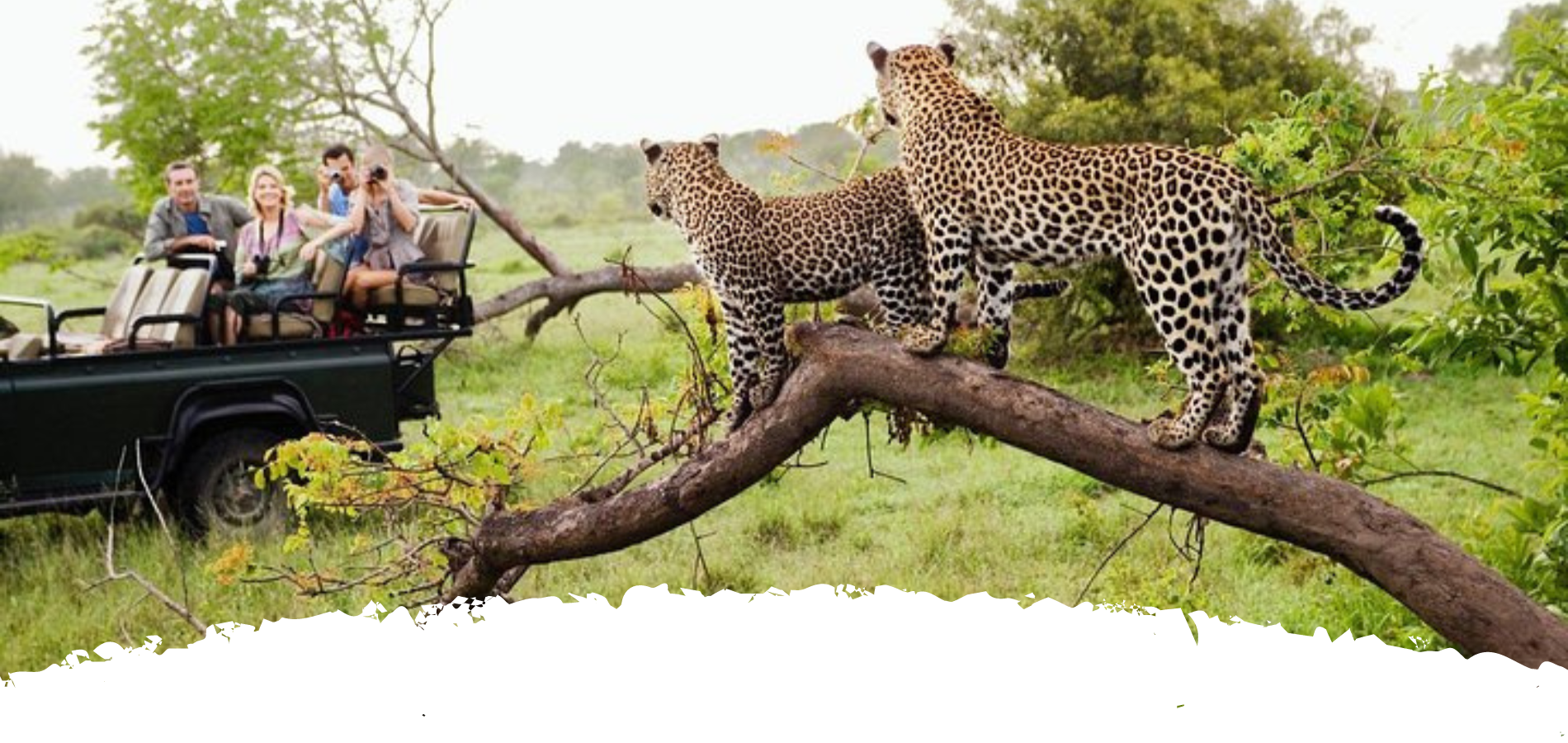
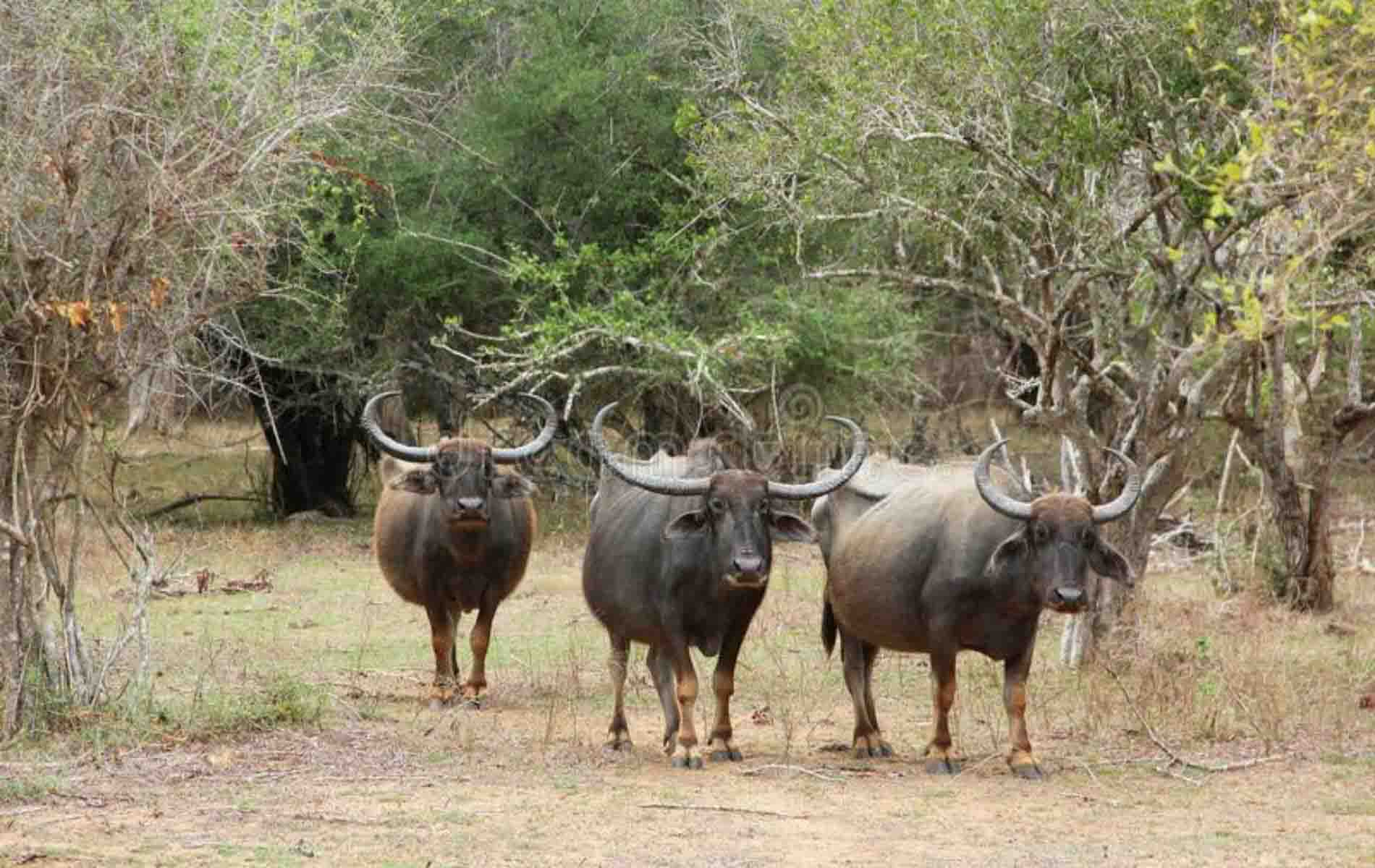
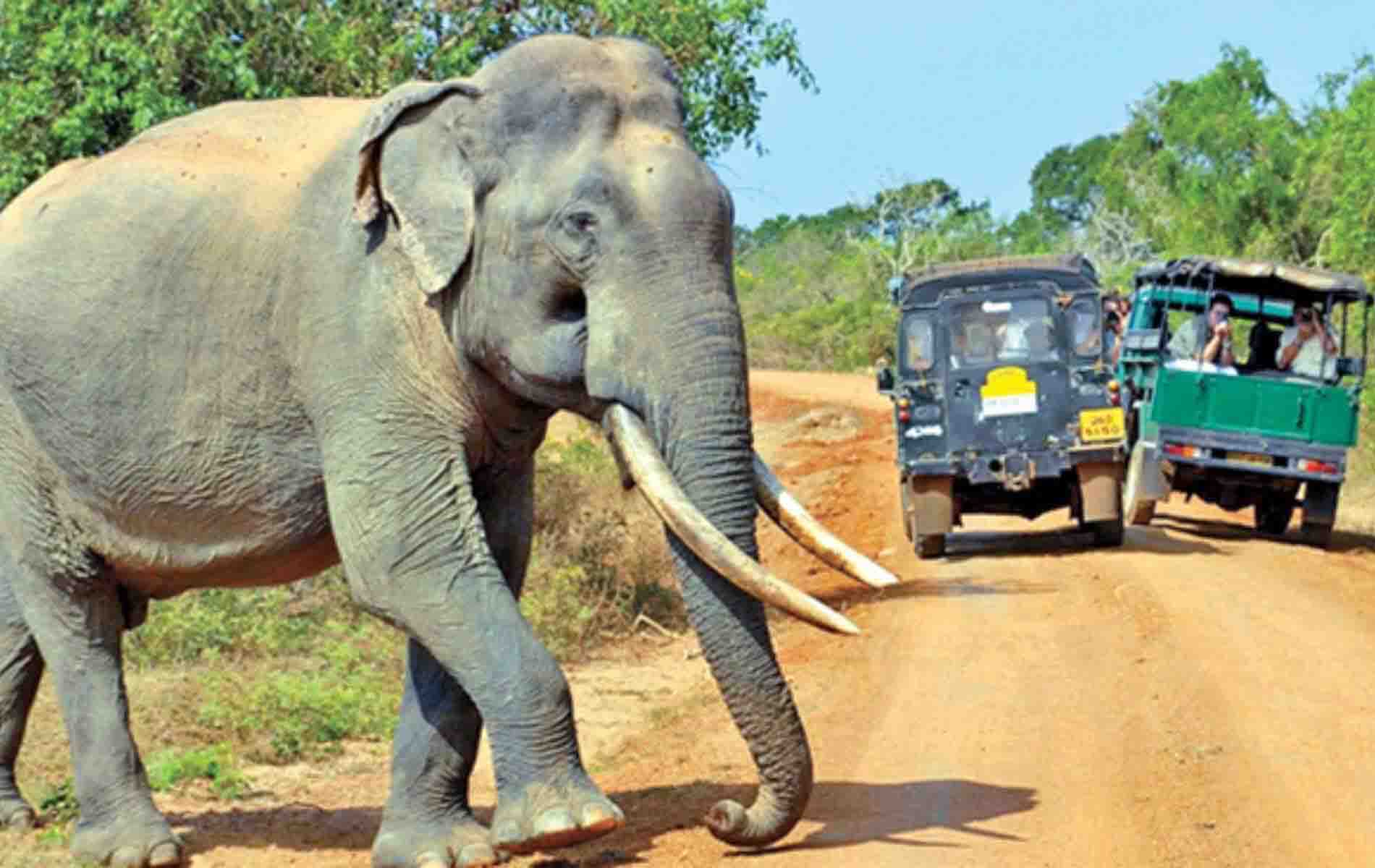
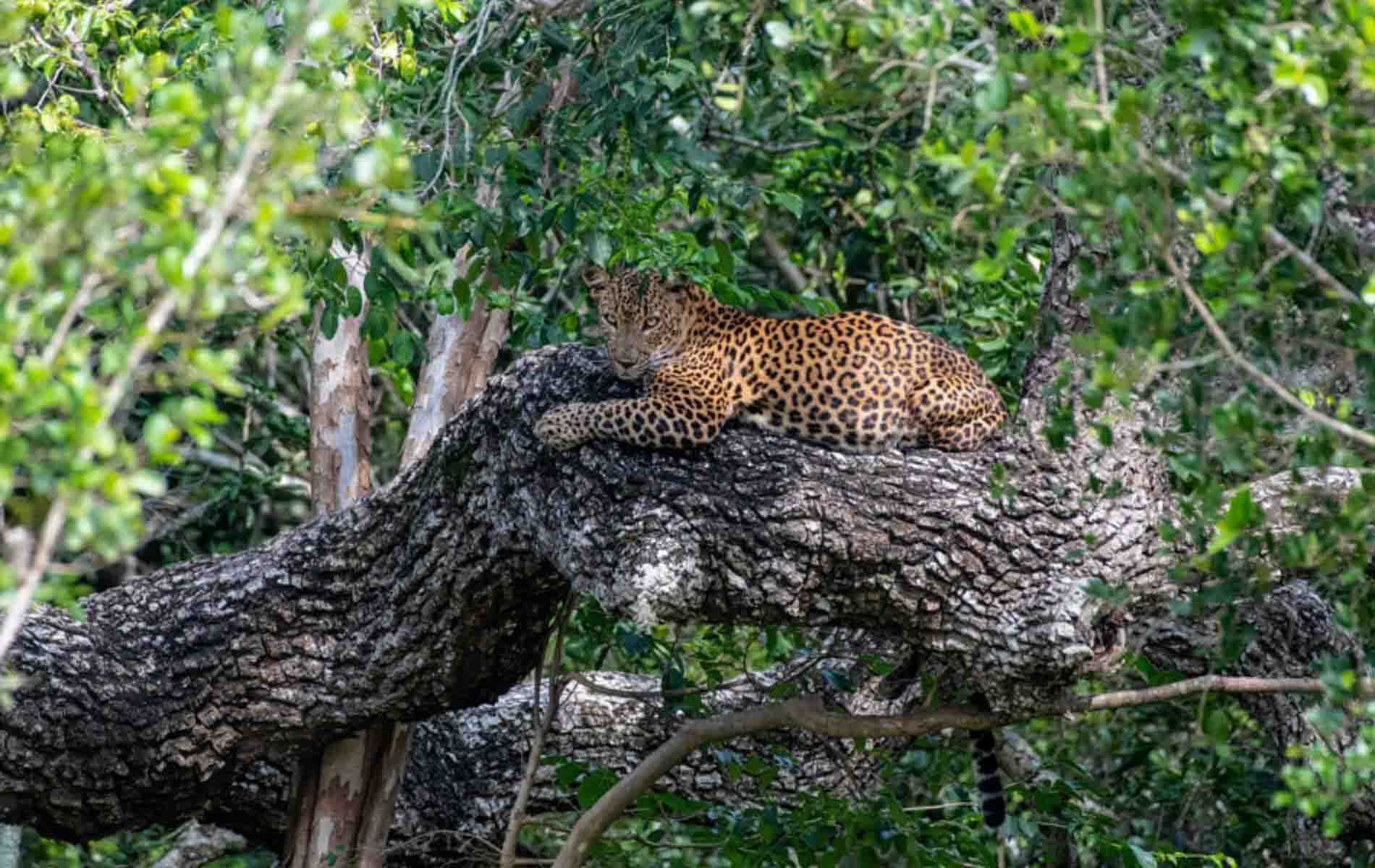
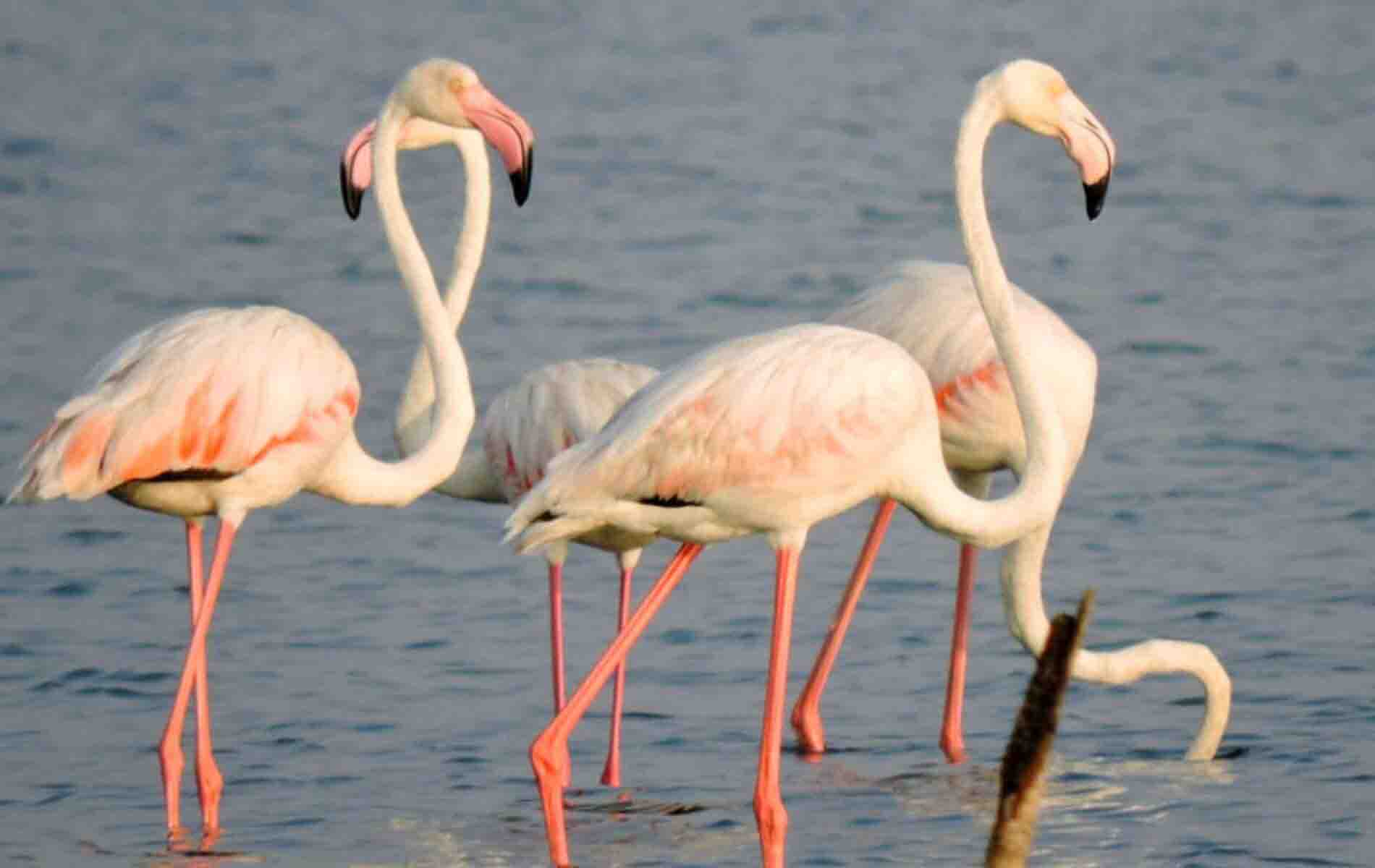

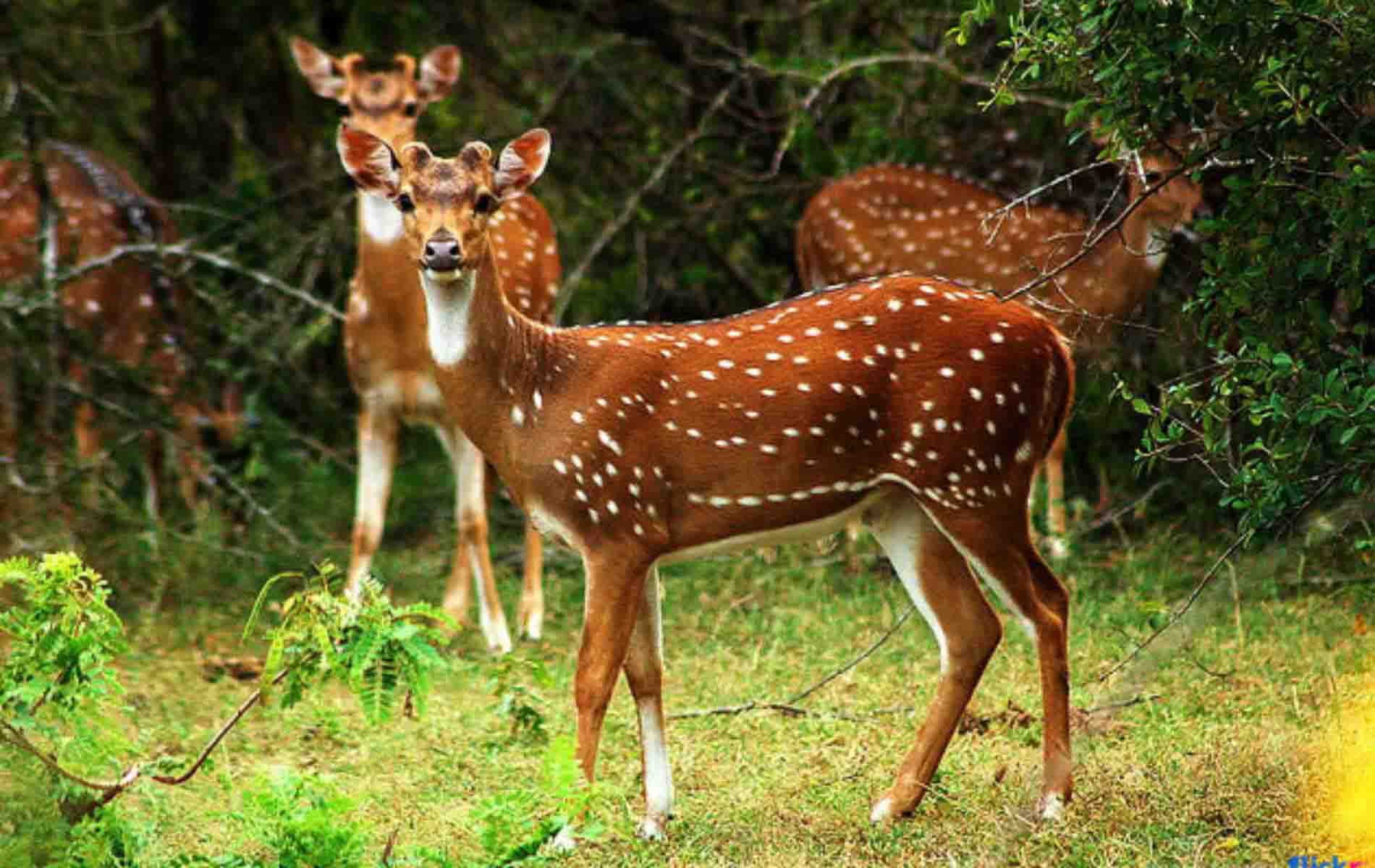
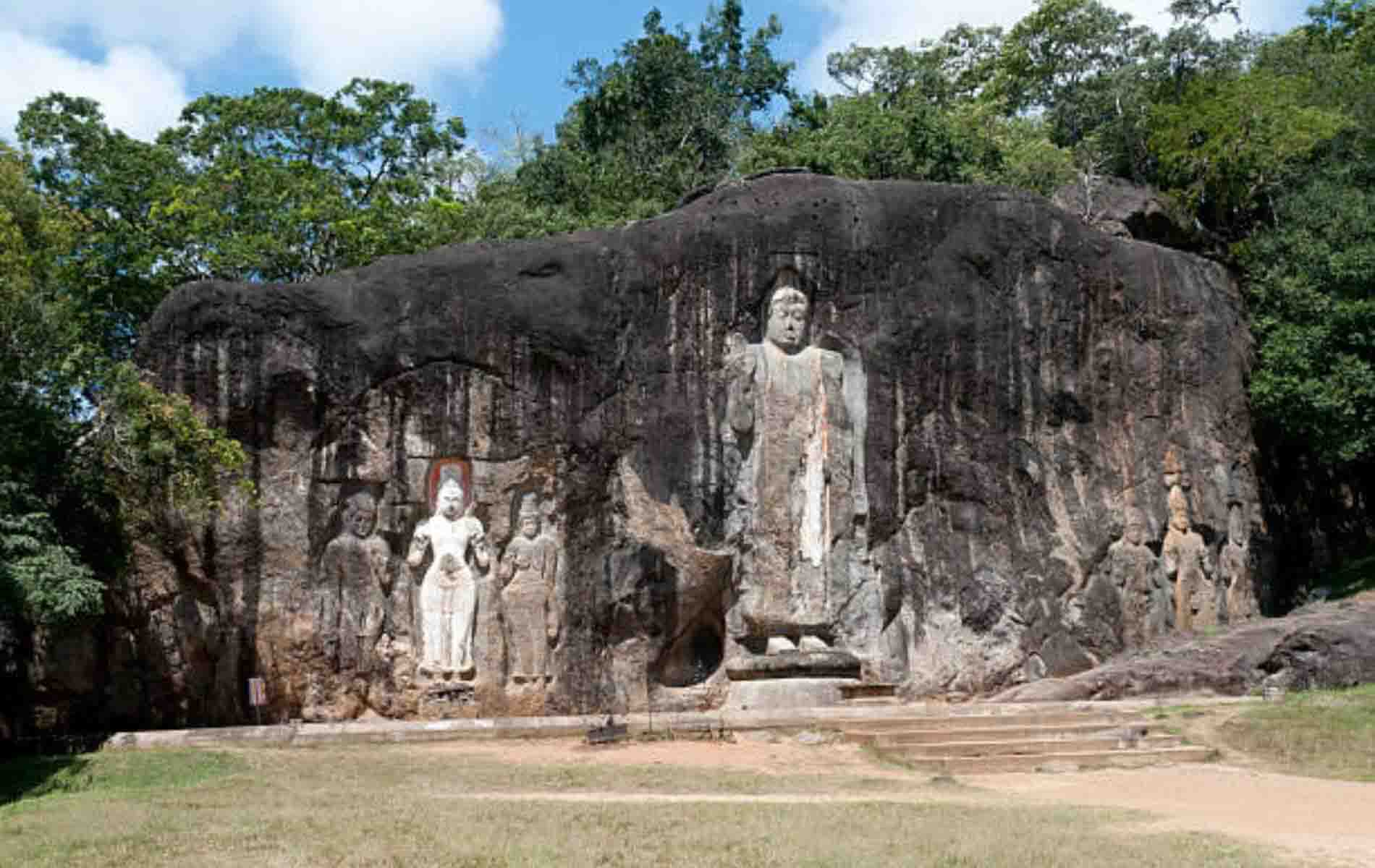
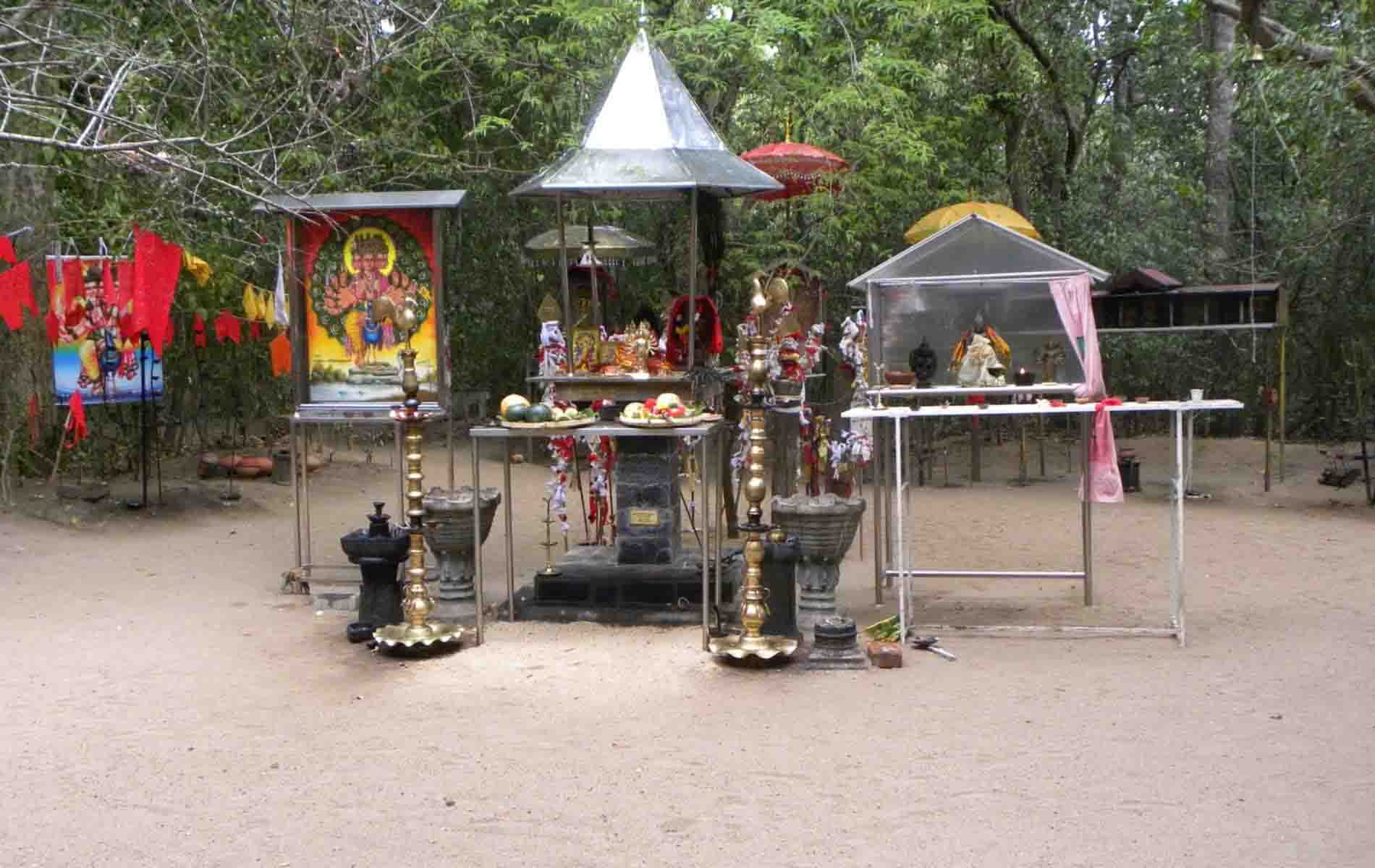
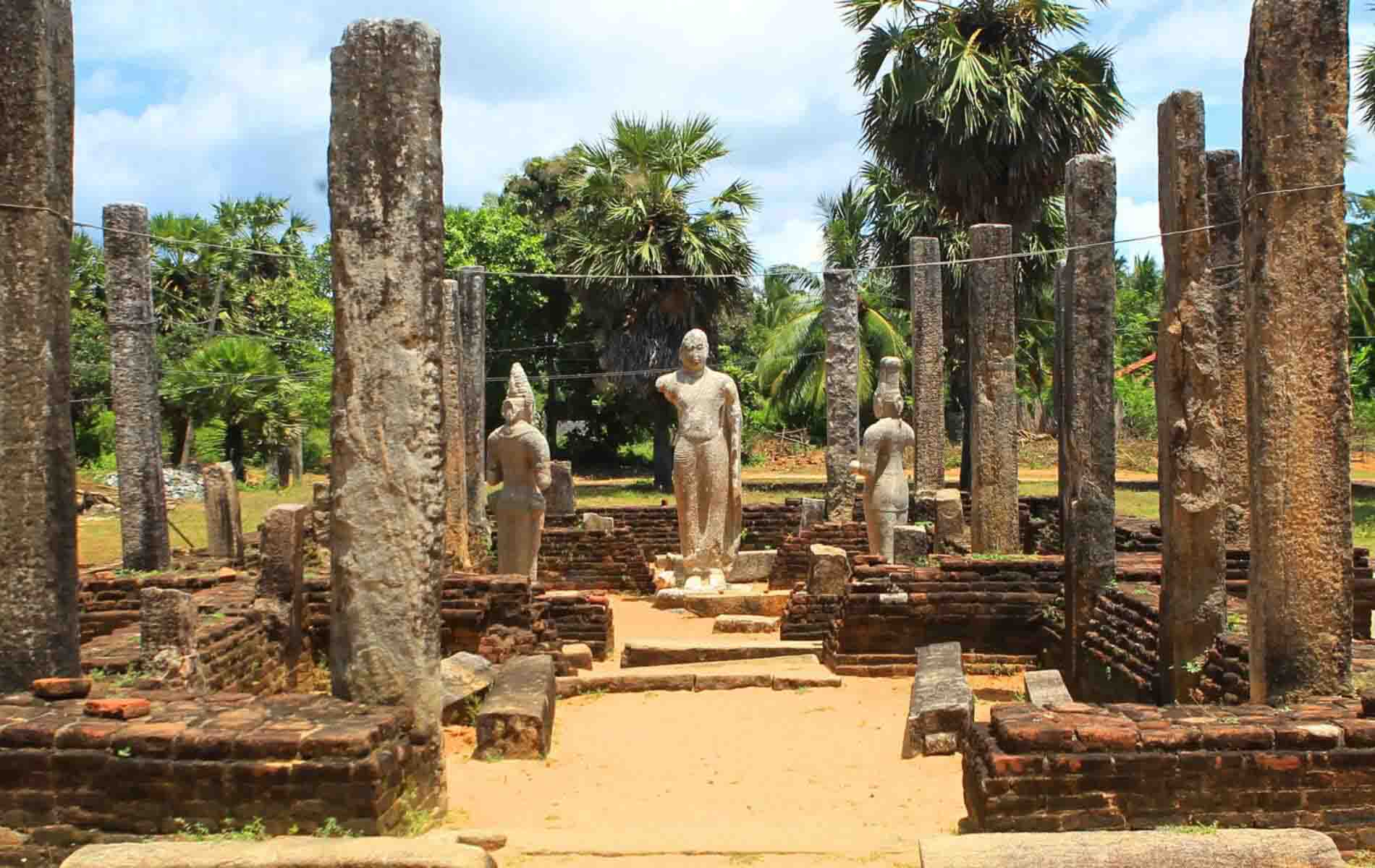
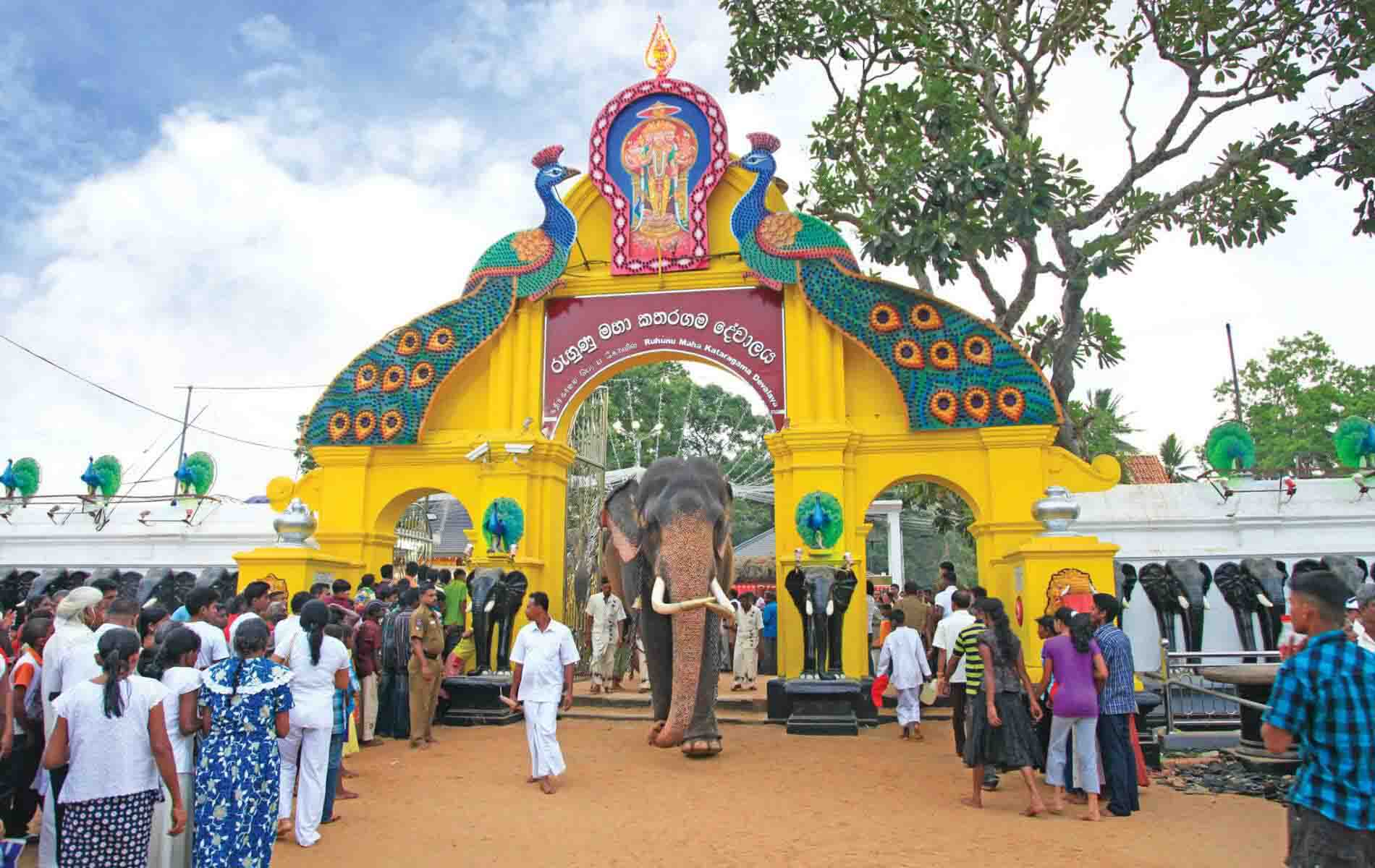


Comment (0)